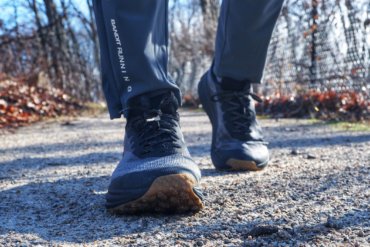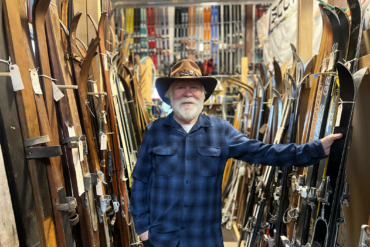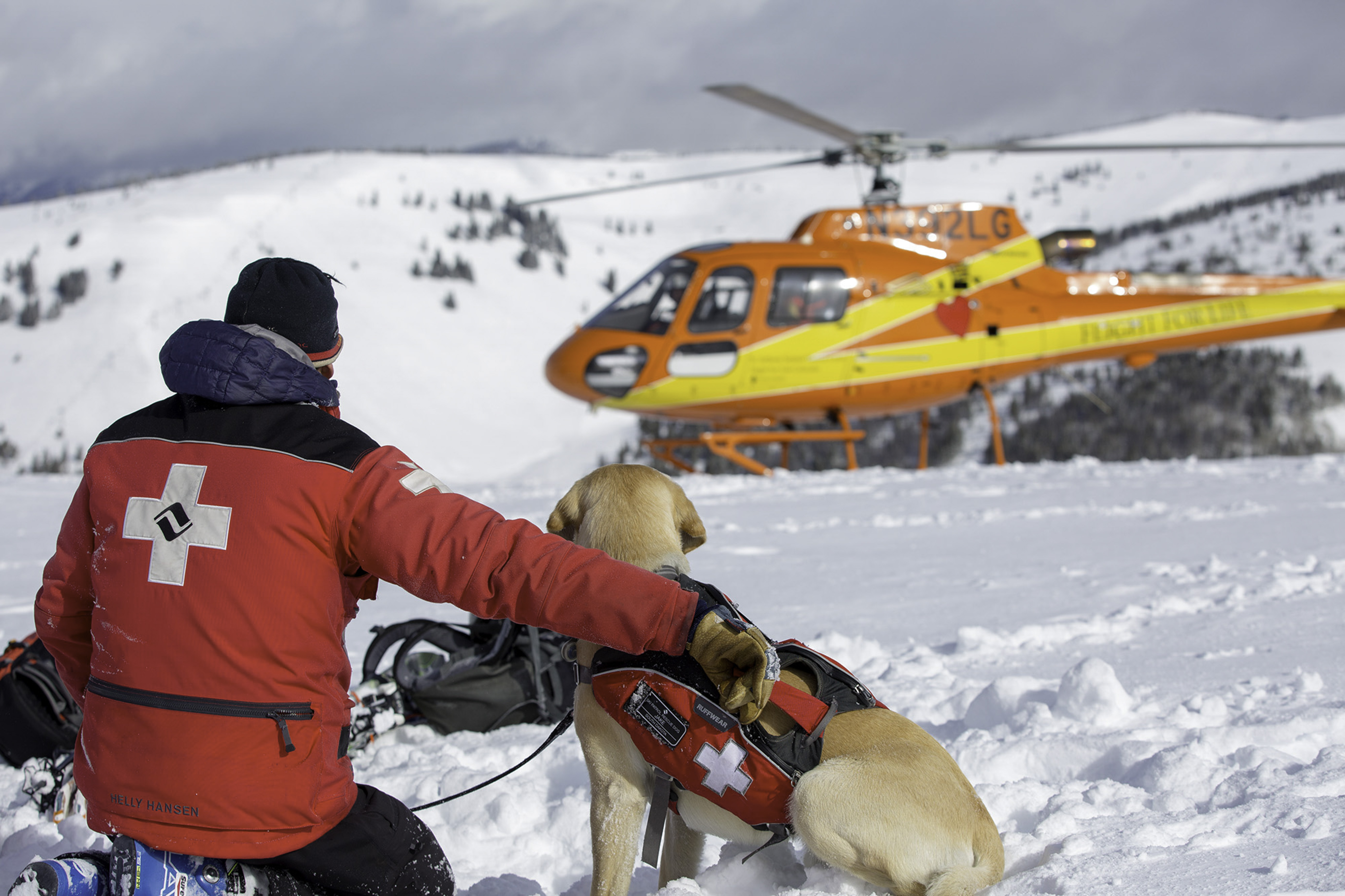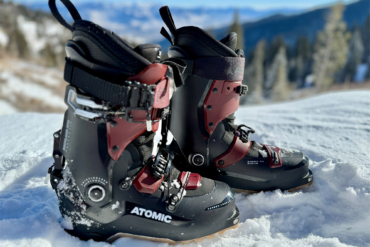Warm, dry feet add a little appeal to winter cycling. Northwave Himalaya insulated cycling boots aim to keep feet in the Goldilocks zone — not too cold, not too hot — when the weather is frightful.
Light morning snow tickled a half-inch blanket of fresh powder while temps dawdled well under freezing. A perfect day for a bike ride! At least, a perfect day to test a pair of element-fighting winter cycling boots.
Northwave sent me a pair of Himalayas, the brand’s burliest winter cycling boot. And at least on the surface, the boots looked like a solid companion for my winter mountain and fatbiking adventures around Colorado.
So with the snow flying and temps dropping into the teens, I put the Himalayas to the test.
In short: An SPD-compatible winter cycling boot, the Himalaya has a fully encapsulating Gore-Tex liner, 400-gram quilted Thinsulate inner bootie, and dual-density Michelin Rock-R sole. For the warmth and comfort it provides in frigid conditions, it didn’t prove itself as cumbersome or bulky as I expected.
All images courtesy of Zach White
Northwave Himalaya Winter Cycling Boot
With layers of insulation, a Gore-Tex liner, and DWR-treated neoprene storm flap, the Himalayas are proper cold-weather boots that protect feet from the elements.
Northwave does not advertise these boots as waterproof, but short of standing in water deep enough to seep over the ankle cuff, your feet likely won’t get wet.
Meanwhile, Michelin’s dual-density Rock-R soles provide a fighting chance of finding traction in icy, slippery conditions. And strategically placed higher-density sections help reduce wear in the usual spots. Plus, the soles come with a removable cleat insert to provide a near-seamless surface for flat pedals.
For testing, I opted instead for SPD cleats. And because the Himalaya‘s insulated footbed seals off the cleat mount slots, putting my foot down somewhere wet wasn’t an issue.
Up front, a rubberized, reinforced toe box adds insulation and I expect will keep these (not cheap) boots from wearing out too quickly. And Northwave used similar tech under the hook-and-loop neoprene weather flap that I’ve seen on the brand’s snowboard boots.
As such, the Speedlace system is easy to operate with thick gloves on and in all kinds of inclement conditions. It creates a snug fit, and D-ring gaiter attachments atop the toe box help keep out bad weather. And, for those who ride in or near traffic, there’s enough reflective material on the Himalaya’s to warrant a “DOT-approved” stamp.
Northwave Himalaya Review
Out on the trail in sub-20-degree temperatures, my feet stayed comfortable — even with lightly falling snow and humidity hovering around 65 percent. Conversely, on a few sustained climbs that required me to completely unzip my jacket, my feet never felt like they were flirting with clamminess. I didn’t feel any chill on quick descents either.
I’ve been a longtime fan of dedicated winter cycling shoes over add-ons like booties or bread bags. But having never ridden in any shoes this insulated before, it was impressive to be noticeably more comfortable in such chilly conditions.
And while this wasn’t the coldest or nastiest day by any means, it was a classic example of some of the conditions Northwave designed these boots for. The Himalayas left the impression that I would’ve been just as comfortable in temps near zero.
Because I have friends who wear flip-flops when it’s below freezing and lobster mitts when it’s near 60 degrees, it’s tough to say to what temperature the Himalaya is rated. But I will say that for its warmth and ability to keep out cold weather, it performed more like a traditional cycling shoe than a faux-fur-lined winter boot.
The boots’ fit is akin to a typical Northwave fit, if not a touch boxier to help accommodate winter socks. And the soles are plenty stiff, a secondary bonus with so many insulating layers.
Roughly 3.5 pounds per pair (55 ounces, size 45) sounds brickish by summer shoe standards. But it’s actually pretty light for what the Himalayas do and is generally on par with other thick winter riding kits.
Solid Boot, Solid Investment
Overall, Northwave’s Himalaya boots seem an excellent choice for riding in frigid temps. Time will tell how well they hold up to miles of abuse, but design details give the impression they will last through plenty of Colorado winter seasons.
At $280 per pair, the Himalaya won’t be for everyone. However, for riders who’ve either embraced year-round commuting or started to waver in their refusal to try, these could be just the boots to kick them off the fence.









